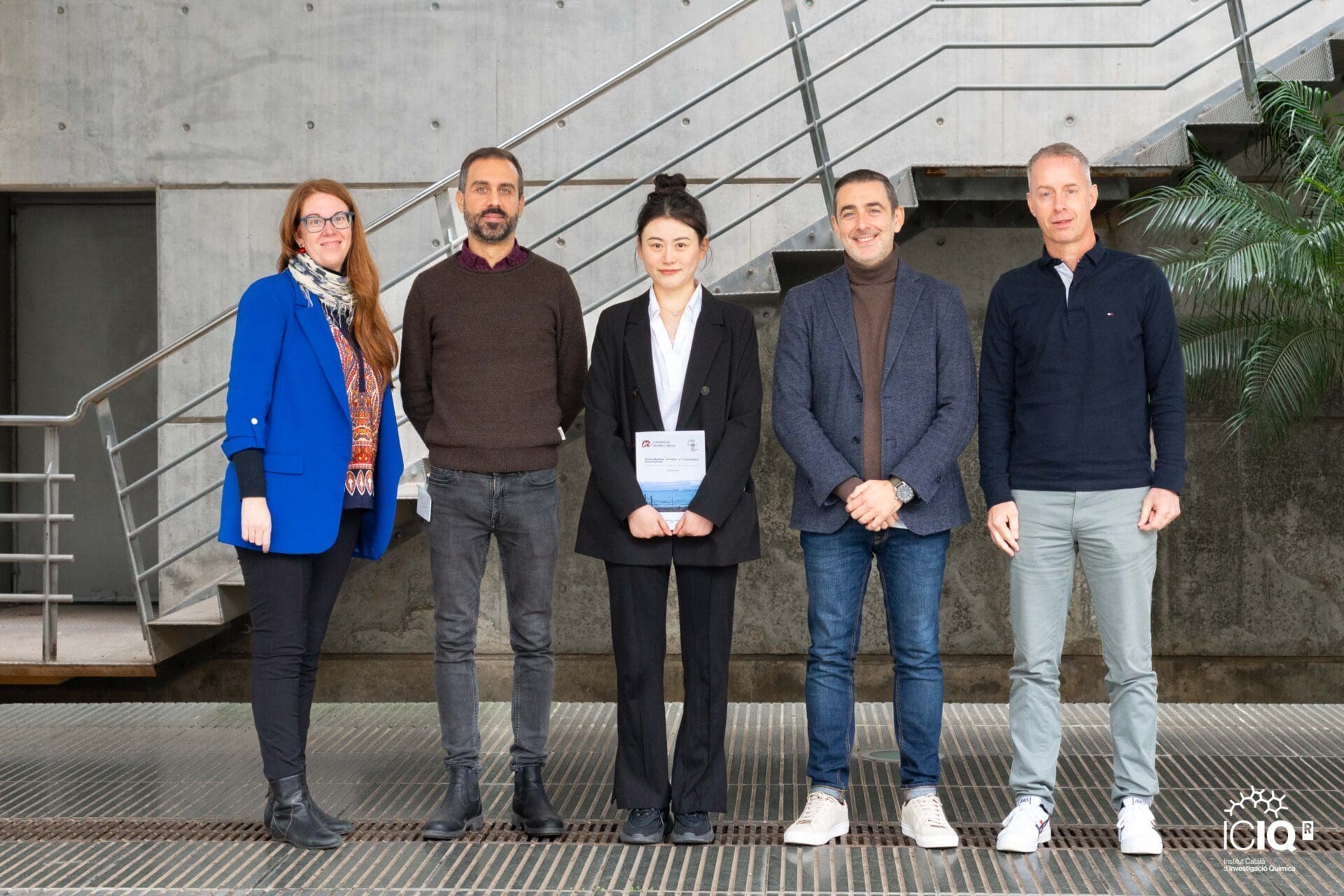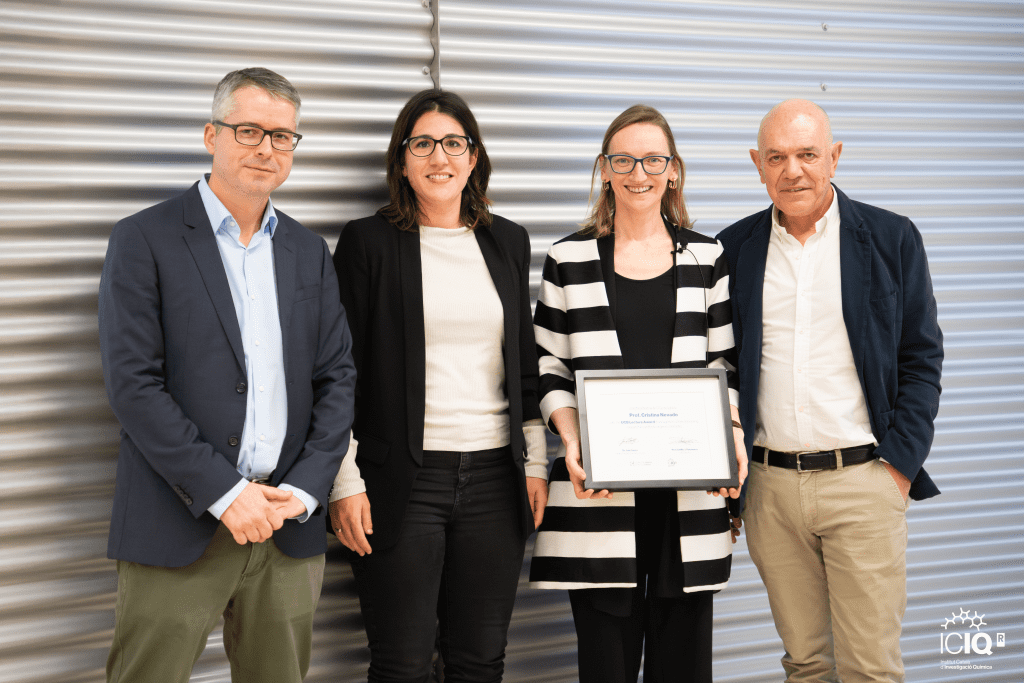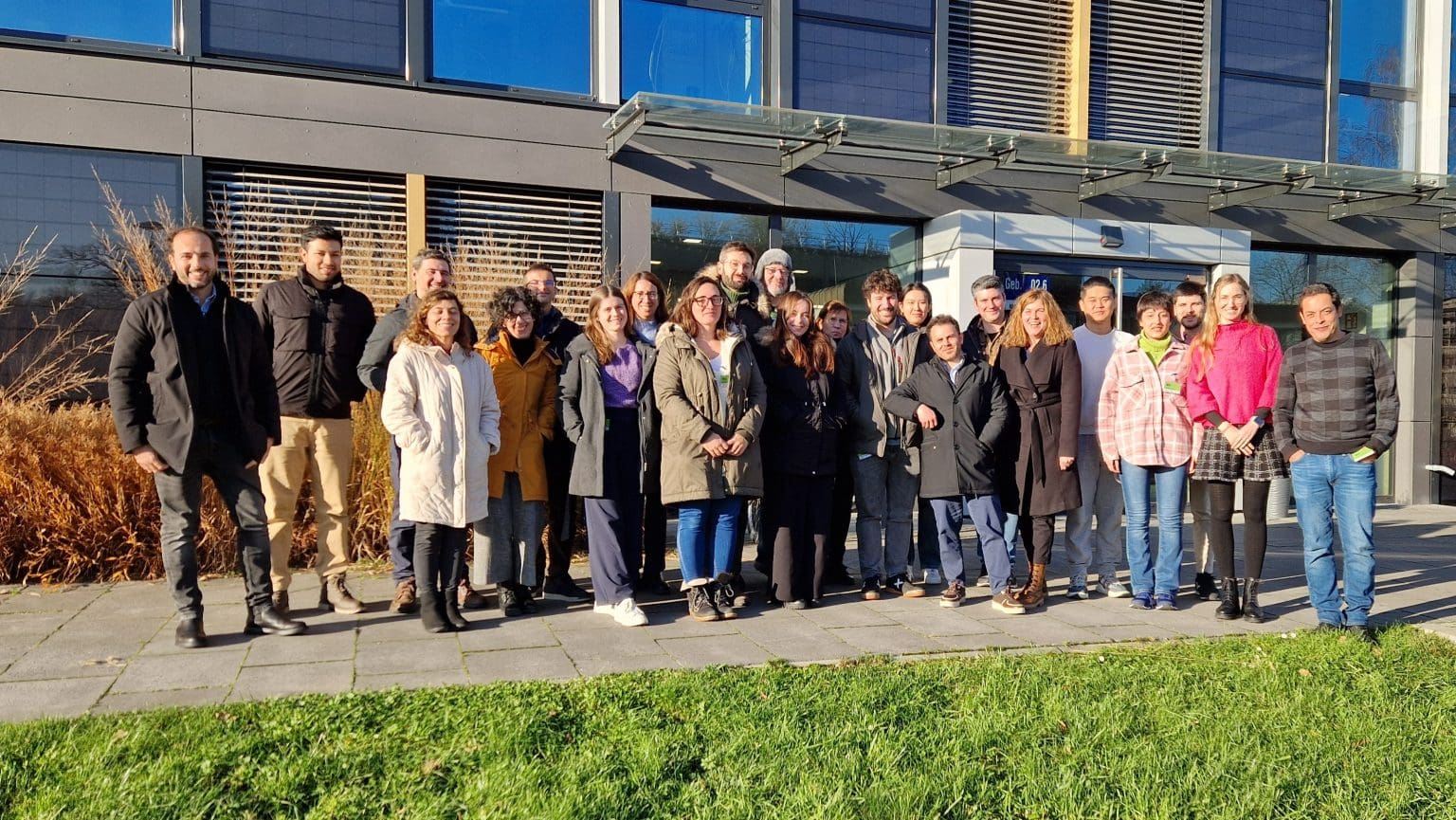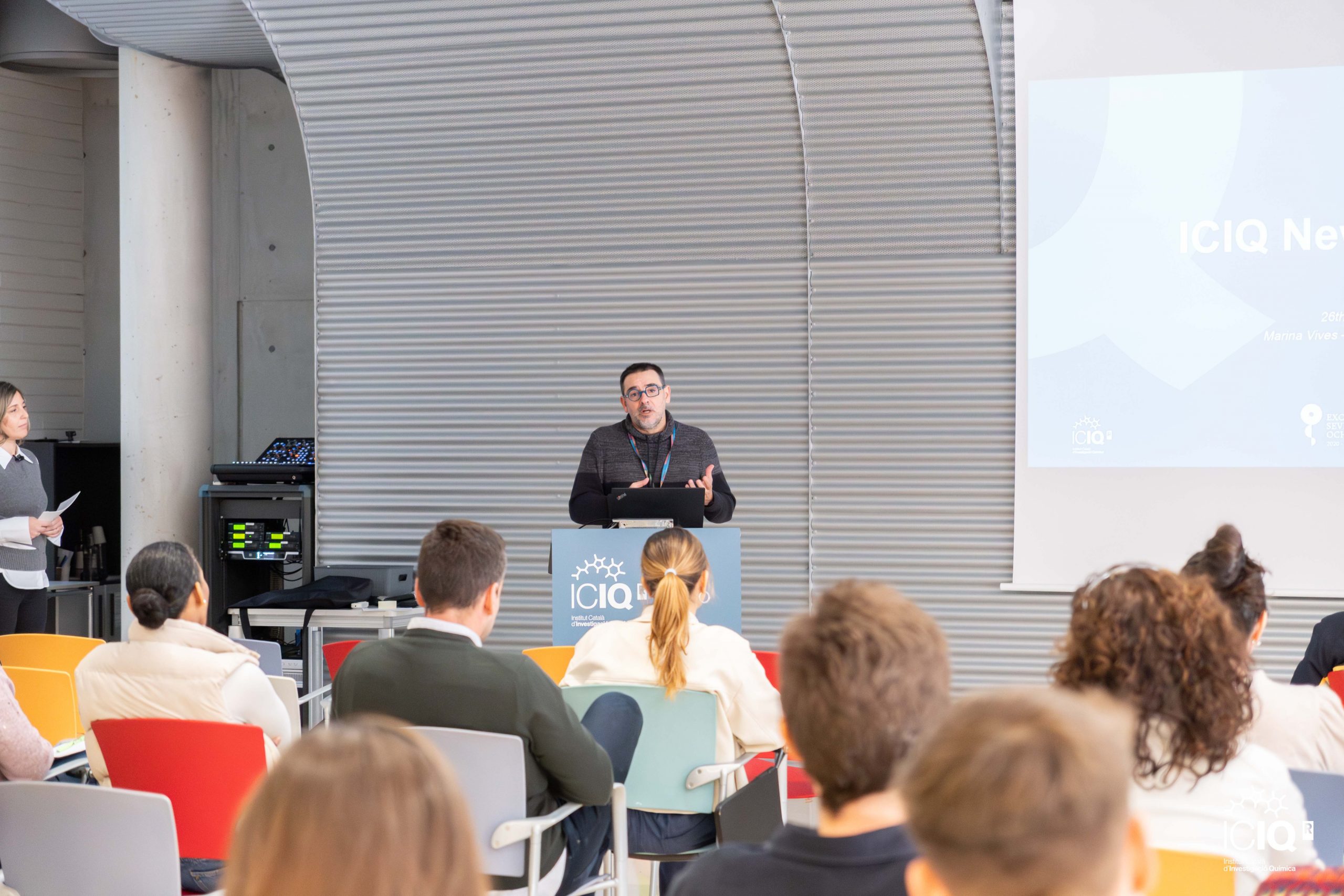Urakawa’s Research Group granted with a Long Term Project at ALBA
ALBA is the first Spanish synchroton radiation facility, which has been built in Barcelona.
A synchroton is an accelerator of electrons. The electrons are maintained in a circular ring by a magnetic field and produce brilliant light, such as X-rays, tangentially to their trajectory. These X-rays are then used by several beamlines or experimental research laboratories, located around the storage ring, to perform a wide variety of experiments.

Picture of ALBA Building (taken from ALBA’s web page)
In order to use ALBA, scientists from all over the world had to submit a proposal. This proposal was then carefully evaluated by a peer-review committee based on excellence of science.
We are very proud to announce that Atsushi Urakawa’s application is one of the very few that has been granted with a Long Term Project (LTP). Urakawa’s team will be able to work and take advantage of a great amount of beamtime at ALBA, starting from this year until 2014.
-Why did you decide to apply to become an ALBA’s user?
We have been using synchrotron radiation facilities to investigate our reactions and catalytic materials under technically relevant conditions (often under high pressure and high temperature). The high brilliance of synchrotron light improves the selectivity and sensitivity of the measurements, which often determine the time- and space-resolution. This improvement in selectivity and sensitivity brings up new research opportunities.
In addition, the excellent team of beamline scientists, as well as the unique and original technical features of each beamline make the measurements at ALBA very attractive for us. New collaborations between ALBA and ICIQ research groups may rise (this is one of the goals of the project) and ALBA synchroton is only one hour away! *(ICIQ is located inTarragona)
-What sort of experiments are you going to perform at ALBA?
We will investigate the mechanisms and catalytic active sites of the reactions we are actively working on: heterogeneous catalytic CO2 conversion and NOx reduction.
?We are aiming at developing low- and high-pressure plug-flow reactor systems compatible with CL
Related news

Let's create a brighter future
Join our team to work with renowned researchers, tackle groundbreaking
projects and contribute to meaningful scientific advancements






 11-12-2024
11-12-2024 


















